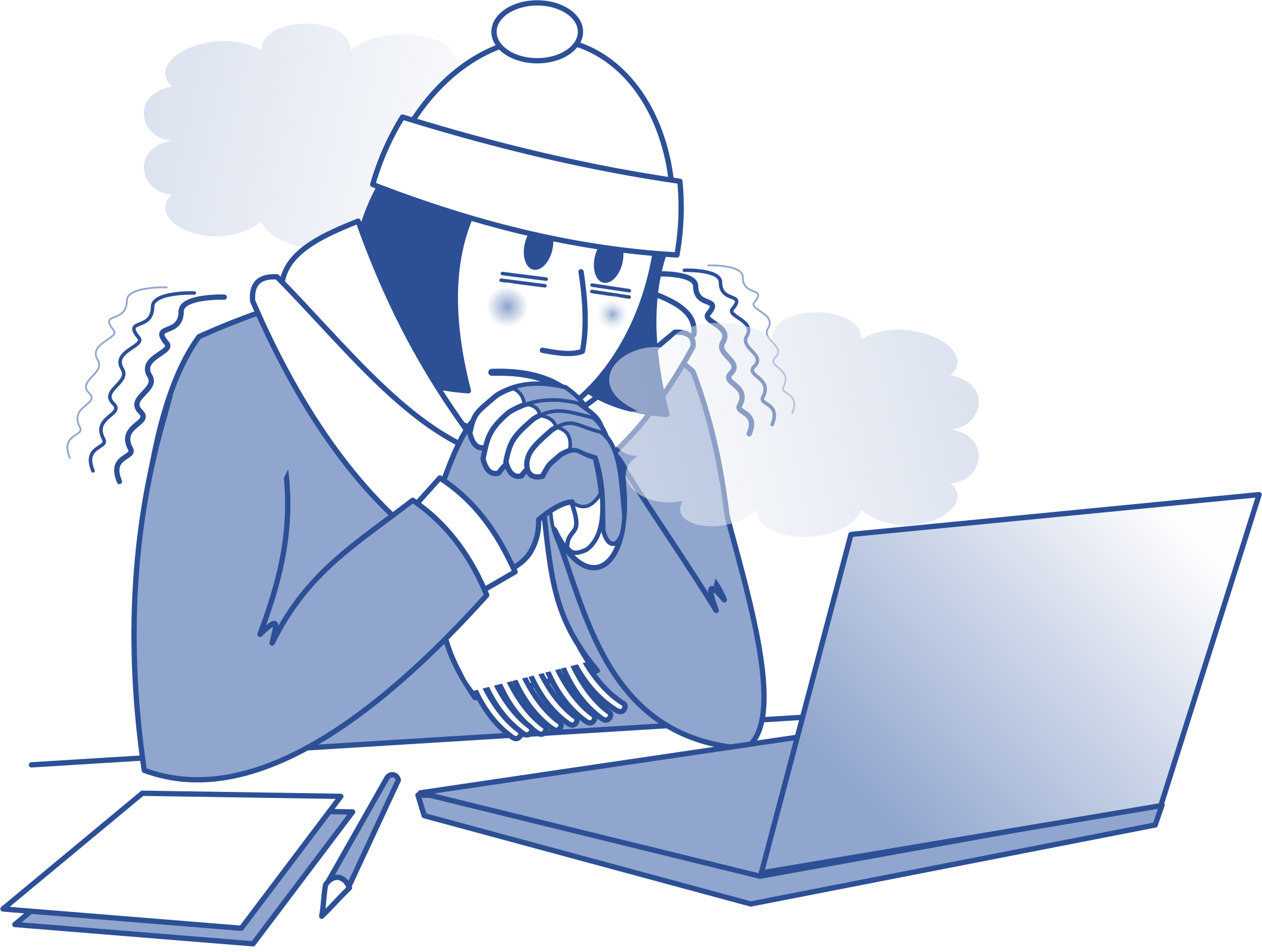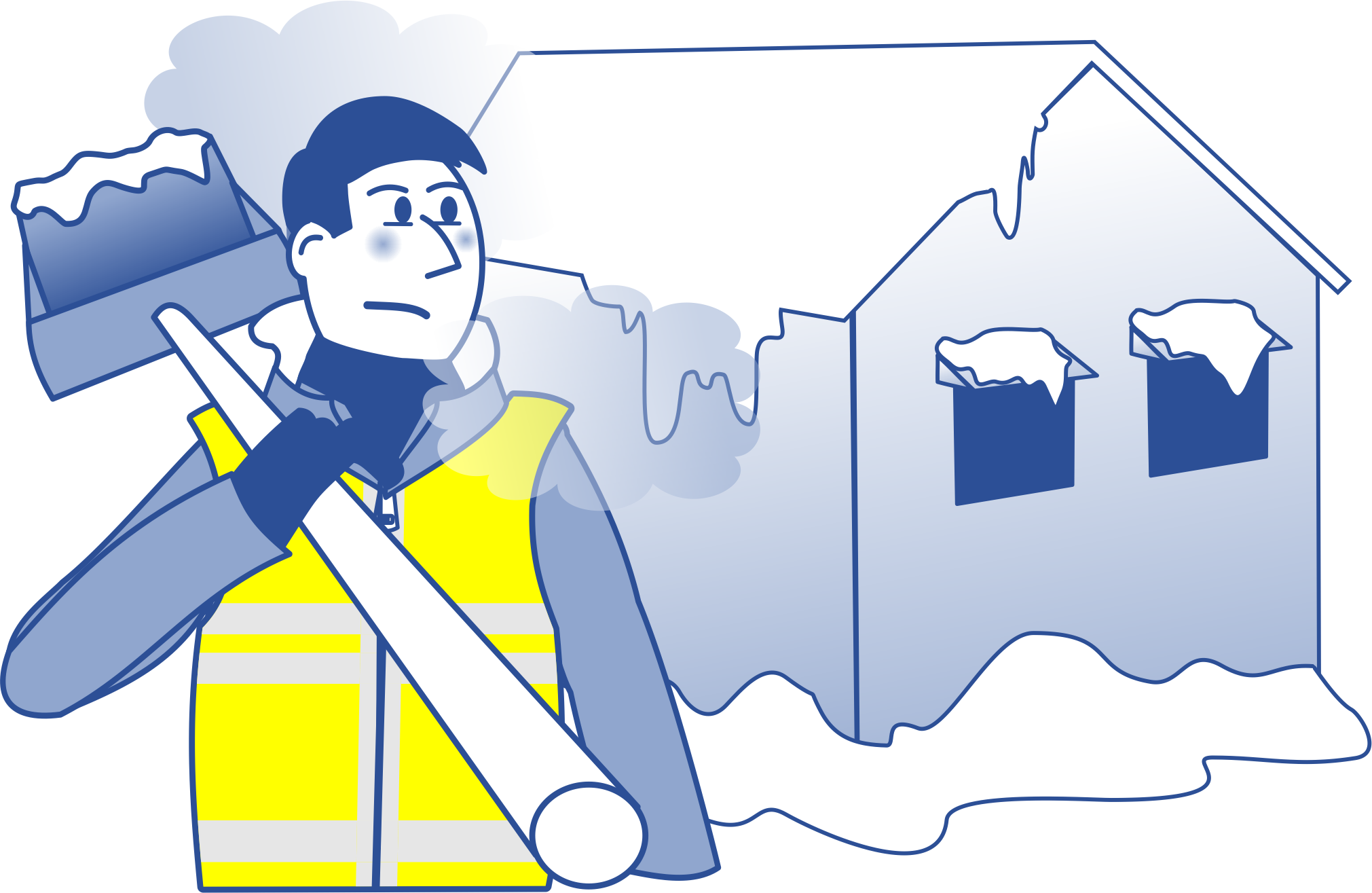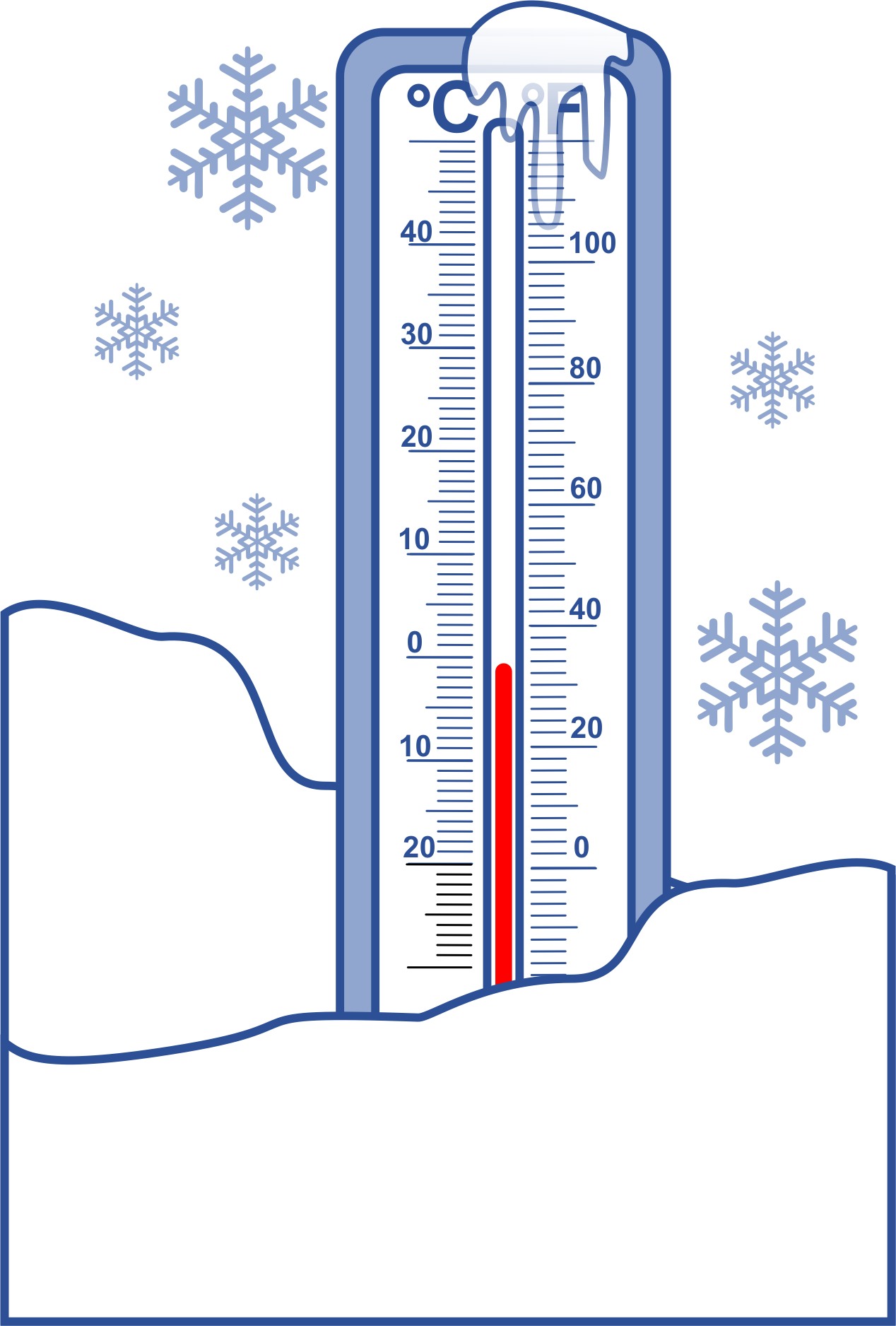How to Keep Workers Safe in the Cold Weather
1. Conduct a Workplace Temperature Risk Assessment
HSE’s Workplace Temperature Checklist can help identify risks. Key questions to consider include:
- Have workers complained about temperatures?
- Does the air feel too cool, or is there direct exposure to draughts?
- Is work being done outdoors?
- Are workers wearing PPE, which affects their ability to stay warm?
If you answer ‘yes’ to two or more of these questions, you should assess the risks and take protective measures.
2. Implement Practical Controls
To minimise the effects of temperature drops, employers can:
Indoor Workplaces
- Provide Adequate Sources of Heat: Use portable heaters or heating systems to maintain a minimum of 16°C (or 13°C for strenuous tasks).
- Control Draghts: Seal windows and doors to reduce draughts while ensuring adequate ventilation.
- Offer Warm Rest Facilities: Provide heated spaces for breaks and access to hot drinks.
- Use Insulating Floor Coverings: When workers must stand for long periods, ensure floors are insulated or provide special footwear.
Outdoor Workplaces
- Adjust Work Schedules: Where possible, you should schedule outdoor work for warmer parts of the day.
- Provide Mobile Warming Facilities: Ensure access to heated shelters and hot beverages.
- Issue Suitable PPE: Equip workers with thermal gloves, insulated footwear, and appropriate layers to retain warmth.
- Introduce Rest Breaks: Allow regular breaks in heated areas to prevent prolonged exposure to the cold.
3. Educate Workers on Cold Stress
Employers should train workers to recognise early signs of cold stress, such as shivering, fatigue, confusion, and skin discolouration. Encouraging workers to report these symptoms promptly can prevent serious health issues.
4. Review and Adapt PPE Usage
While PPE is essential in cold environments, it can sometimes contribute to discomfort if not managed properly. To address this:
- Ensure workers are provided with thermal PPE designed for cold conditions, such as insulated gloves and boots.
- Allow workers to add or remove layers of clothing under PPE to regulate their body temperature.
- Provide facilities for drying or replacing wet PPE to maintain its insulation properties.
- Evaluate whether updated or alternative PPE options can improve both safety and comfort in cold conditions.
What PPE is Recommended for Cold Weather Work?
To fight against low temperatures, it is important to use personal protective equipment (PPE). This includes insulated jackets, trousers, gloves, hats, and thermal socks. Using these items helps keep you safe at work and improves thermal comfort.
How Often Should Risk Assessments Be Conducted in Cold Working Conditions?
Risk assessments for cold environments need regular checks. This is especially important at the start of the winter or before doing tasks that require long periods outside. Changes in workplace health, extreme weather, or long outdoor work processes require reassessment.
Why Risk Assessments Are Key to Safe Working Temperature
Assessing workplace temperatures is a proactive way to identify and mitigate risks. HSE’s checklist covers areas such as air temperature, humidity, air movement, and workers’ metabolic rate. By addressing these factors, employers can create safer, more comfortable environments.




